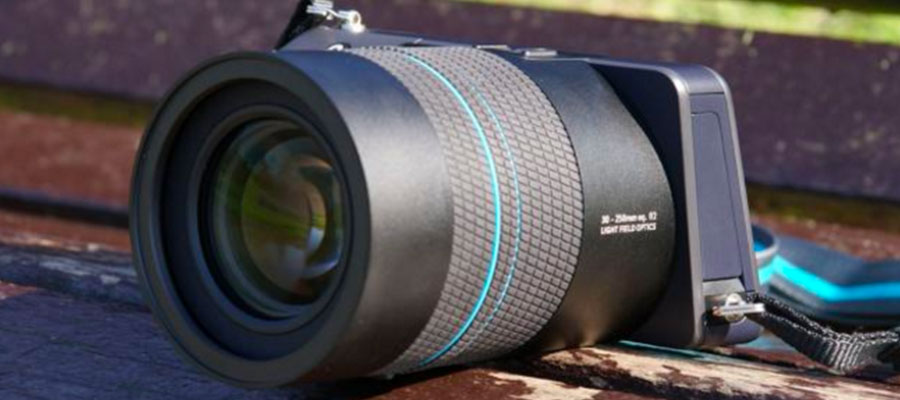One of the more curious technology concepts is no more this week, as Lytro’s Light Field array becomes a thing of the past, and the company with it.
It’s never a great thing when technology companies fade away, especially when the technological concepts they make have made an impact, at least in what they tried to do, and yet that’s exactly what is happening this week, as Lytro is shutting down.
We’d understand if you’ve never heard of Lytro, but the idea the company created certainly made an impact on cameras in the short time it was around, and pushed camera manufacturers to respond with solutions in its own technology.
Originally, Lytro presented a new style of camera, reliant on a sensor called a “Light Field Array”. This new camera was long and fit into a rectangular prism, while its sensor was built to capture all moments of light and depth at once, allowing you to change the focus point and where the depth was in an image later on.
Camera companies responded with something of their own, and Lytro’s unusual camera never really gained momentum, partially because the image only measured one megapixel and could only be shared properly using a Facebook plugin.
The Lytro camera later saw an update in a mirrorless interchangeable, but neither model was particularly successful, and so the company went to work on a VR product for high-end studios, using its Lightfield technology to create 360 degree video that was more immersive.
Times, however, appear to be tough, and Lytro’s page now redirects to a support page with a statement about how the company is winding down. In the past few days, Google was rumoured to be buying the company, but that now no longer appears to be a thing, with overseas news site The Verge reporting that quite a few employees will be going to Google anyway.
As for what this means for Lytro’s technology, our guess is you won’t have a whole lot of support from here on in if you own one, though given how few releases there were, that’s probably little surprise.
Pictures also made their way to a Lytro picture storage site for its “living photos” that the camera created, but last year that was shut down, and the photos could only be shared by export to a movie file (MOV), or an image in JPG or GIF. Even the Facebook plugin was dead, and so what the cameras can do appears to have been left to a page out of history, and not a well-supported page, at that.
For now, that’s the end of the Lightfield sensor concept, though we won’t be surprised if it resurfaces in some form inside Google later on.







